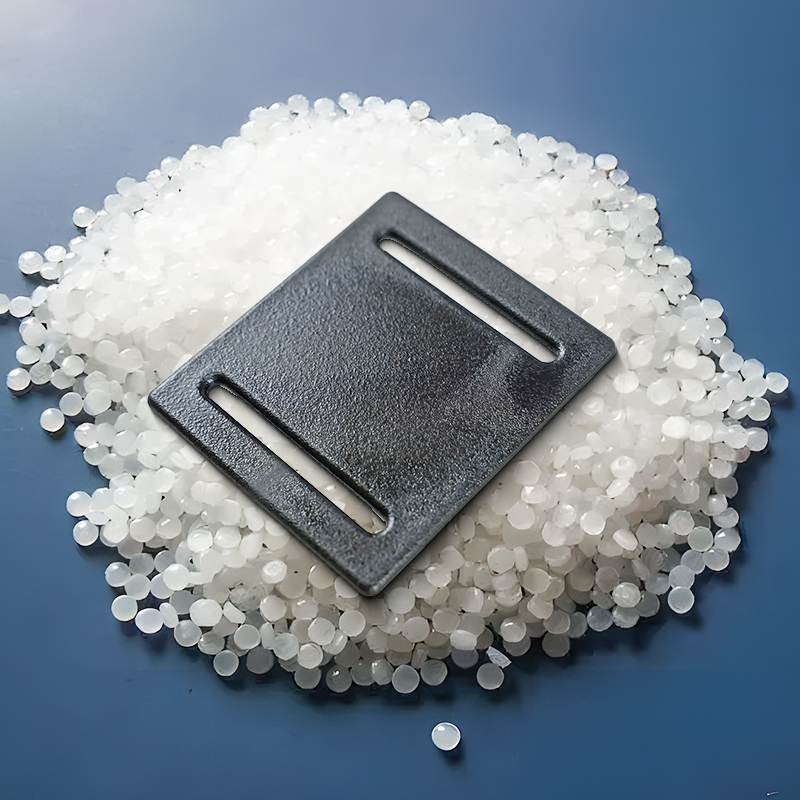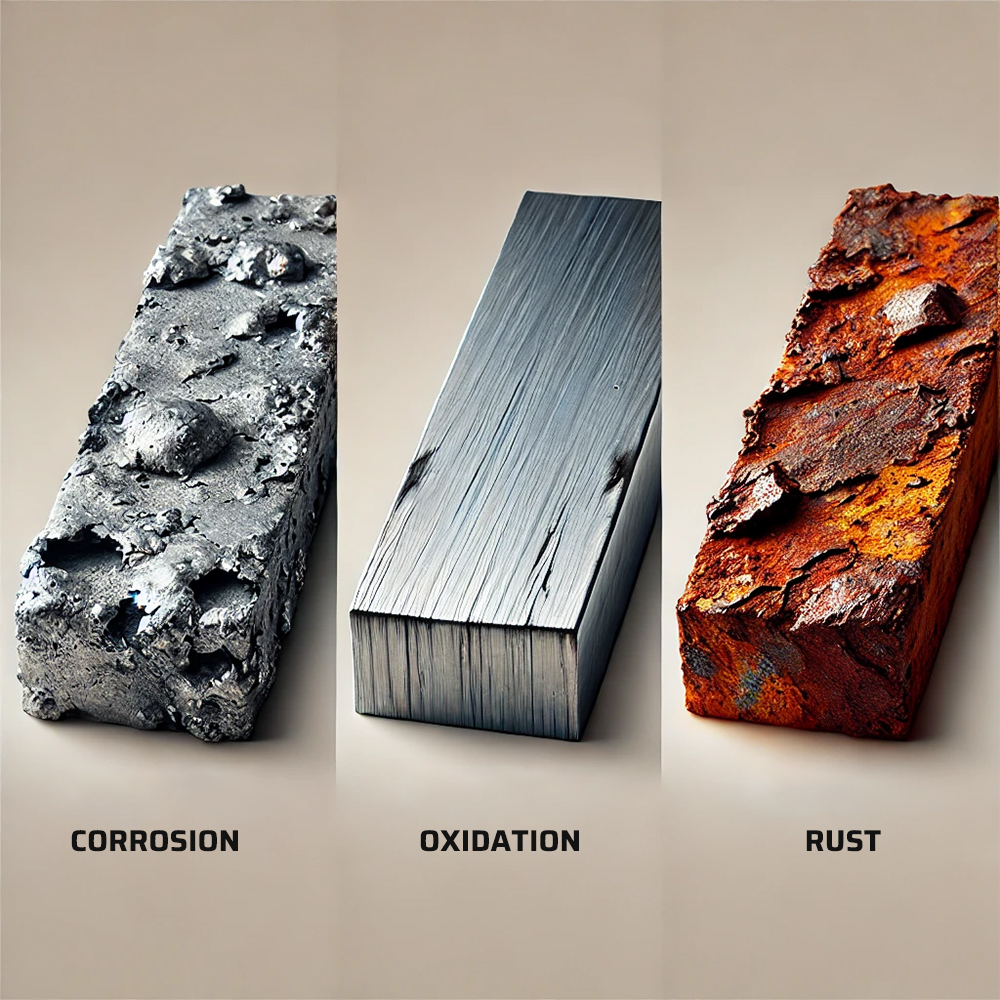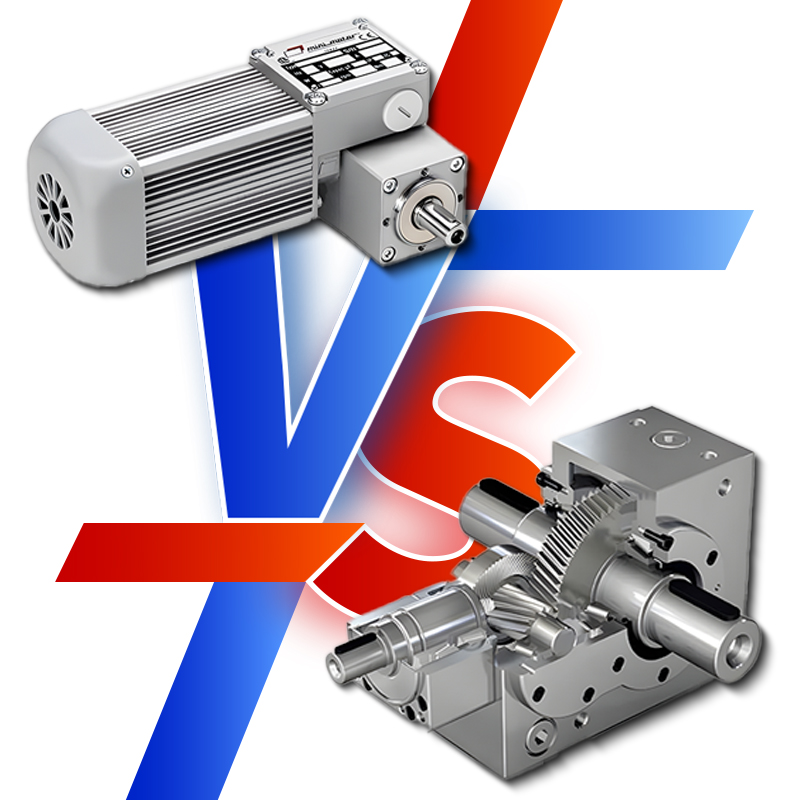Polyethylene (PE) is an incredibly versatile and widely used plastic, with applications ranging from everyday items like plastic bags and bottles to high-performance materials used in industrial applications.
This guide provides a comprehensive overview of PE plastic for designers and manufacturers, covering its properties, types, and processing techniques.
What is Polyethylene (PE)?
Polyethylene (PE) is a versatile, lightweight synthetic resin manufactured using ethylene polymerization. It is a member of the polyolefin group and is the most widely used plastic in the world.
Polyethylene is used in products such as clear food wraps, shopping bags, detergent bottles, or any product that has a plastic that is squeezable, flexible, moldable, and stretchable, even products that have elastic properties similar to rubber.

Chemical Composition and Molecular Structure
Ethylene (C2H4) is a gaseous hydrocarbon, which is the basic building block. Its molecules consist of two methylene units, CH2 bound by a double bond in the carbon atom, to give the structure CH2=CH2.
When polymerized, the double bond breaks and ethylene molecules result in long, chain-like polymers. This structure provides the properties peculiar to PE. The PE can be produced by the polymerization process, wherein the very nature of polymerization can result in linear or branched types and develop different types like LDPE, LLDPE, HDPE, and UHMWPE.
Types of Polyethylene Grades
There are various types of polyethylene grades with differences in density and branching, which implies that the performance of the polymers also varies. Principal types include:
Low-Density Polyethylene (LDPE)
The use of peroxide decomposition as an initiator through the polymerization of ethylene in the gaseous phase under high pressures and, in most cases, high temperatures, leads to LDPE.
This often yields a branching polymer with long and short branches. Intermolecular bonding forces are too weak to give a high tensile strength. The melting point is around 110°C (230°F). It finds excellent use in volume applications for packaging films, trash bags, and squeeze bottles.
Linear Low-Density Polyethylene (LLDPE)
LLDPE is like LDPE but produced through the copolymerization of ethylene with 1-butene, 1-hexene, and 1-octene. It has a linear backbone with short, uniform branches. LLDPE competes with LDPE in the same markets but offers advantages such as lower energy polymerization conditions and customizable properties based on chemical composition.
Polietileno de alta densidad (HDPE)
HDPE’s production is at low temperatures and pressures, resulting in a dense, highly crystalline material. It has a melting point of more than 20°C higher than LDPE, making it suitable for products requiring higher strength and stiffness, such as milk bottles, household cleaner containers, and pipes.
Ultrahigh-Molecular-Weight Polyethylene (UHMWPE)
UHMWPE has extremely high molecular weights, making it highly crystalline and strong, with tensile strength many times that of steel. High-performance applications like bulletproof vests and high-wear industrial components use it.
Ethylene Copolymers
Other monomers can copolymerize with ethylene to produce materials with unique properties. For instance, ethylene-vinyl acetate (EVA) copolymers are more permeable to gases and moisture but offer better oil and grease resistance. These copolymers are used in packaging films, adhesives, and wire coatings.
Properties of Polyethylene
The properties of PE plastic vary significantly depending on its type, but common characteristics include:
- Densidad: Ranges from 0.915-0.925 g/cm³ for LDPE to 0.941-0.965 g/cm³ for HDPE.
- Molecular Weight: LDPE ranges from 10,000 to over 200,000 grams per mole for HDPE.
- Resistencia a la tracción: LDPE ranges from 0.20-0.40 N/mm², while HDPE ranges from 0.37-0.75 N/mm².
- Resistencia a la temperatura: Typically resists up to 80°C continuously and 95°C for short periods.
Detailed Property Comparison
| Propiedad | LDPE | LLDPE | HDPE |
| Densidad (g/cm³) | 0.910-0.925 | 0.91-0.94 | 0.941-0.965 |
| Cristalinidad | Bajo | Semi-crystalline | Alta |
| Tensile Strength (N/mm²) | 0.20-0.40 | Higher than LDPE | 0.37-0.75 |
| Melting Point (°C) | 105-115 | Similar to LDPE | 120-140 |
| Flexibilidad | Very Flexible | Very Flexible | Less Flexible |
Applications of Polyethylene
A wide range of applications use PE due to its versatility. These applications include the following:
Bienes de consumo
Polyethylene’s ease of processing and low cost make it a popular choice for consumer goods. People often use LDPE to make housewares, toys, and flexible packaging. Items like garbage containers, cutting boards, and various household products use HDPE due to its strength and durability.
Agricultural Uses
LDPE and LLDPE are widely used in agricultural films for crop protection, greenhouse covers, and silage wrap. These materials help in enhancing crop yield and protecting plants from adverse weather conditions.
Medical and Healthcare
HDPE and UHMWPE are used in the medical industry for applications requiring high strength and biocompatibility. UHMWPE is particularly notable for its use in orthopedic implants, such as joint replacements, due to its high wear resistance and compatibility with the human body.
Aplicaciones industriales
PE is used in various industrial applications due to its chemical resistance and durability. HDPE is often utilized in chemical storage tanks, pipes for chemical transport, and industrial packaging. UHMWPE’s high abrasion resistance makes it ideal for applications in conveyor belts, chutes, and liners.
Common PE Applications Case Studies
HDPE Pipes for Water Supply
An example of HDPE’s application is its use in water supply systems. HDPE pipes are chosen for their durability, chemical resistance, and ease of installation. A case study on a municipal water supply project can illustrate the benefits, challenges, and best practices in using HDPE pipes.
LDPE Films in Agriculture
LDPE films are widely used in agriculture for greenhouse covers and mulching. A case study on a large-scale agricultural project can demonstrate how LDPE films improve crop yield, conserve water, and withstand harsh weather conditions.
Modifications of Polyethylene
PE can be modified to enhance its properties for specific applications. Common modifications include:
Cross-Linked Polyethylene (PEX)
Cross-linking PE plastic creates PEX under high pressure with organic peroxides. This modification enhances its high-temperature resistance and mechanical properties, making it suitable for chemical storage, hydronic heating systems, and high-voltage electrical cables.
Chlorinated Polyethylene (CPE)
Chlorinating PE produces CPE, resulting in a material with improved weather resistance, flame retardancy, and oil resistance. Applications like roofing membranes, cable jacketing, and flexible hoses use it.
Ethylene Copolymers
Ethylene-vinyl acetate (EVA) and ethylene-acrylic acid copolymers introduce additional properties like improved transparency, flexibility, and resistance to oils and greases. These copolymers are used in packaging, adhesives, and automotive parts.
Metallocene Polyethylene (mPE)
mPE is from metallocene catalysts, offering precise control over the polymer structure. This results in materials with improved mechanical properties, clarity, and processability, suitable for high-performance films and packaging.
Design Considerations for PE Products
Selección de materiales
When designing with polyethylene, it is crucial to select the appropriate grade based on the specific application requirements. Consider the following factors:
- Mechanical Properties: Evaluate the tensile strength, flexibility, and impact resistance needed for your product.
- Environmental Resistance: Assess the material’s resistance to UV radiation, chemicals, and temperature extremes.
- Processing Method: Choose a PE grade that is compatible with the intended manufacturing process, whether it be injection molding, extrusion, or blow molding.
Design for Manufacturability
To ensure efficient and cost-effective production, follow these design principles:
- Simplicity: Simplify the design to minimize the number of parts and manufacturing steps.
- Uniform Wall Thickness: Maintain consistent wall thickness to avoid defects such as warping or sinking.
- Ángulos de tiro: Incorporate appropriate draft angles to facilitate the release of the part from the mold.
Design for Recycling
Designing with recycling in mind can enhance the sustainability of PE products:
- Single Material Use: Use a single type of PE to simplify recycling.
- Easy Disassembly: Design products that are easy to disassemble for recycling.
- Labeling: Clearly label materials to aid in sorting and recycling processes.
Quality Control and Testing
Ensuring the quality and reliability of PE products is essential. Here are common testing methods and standards:
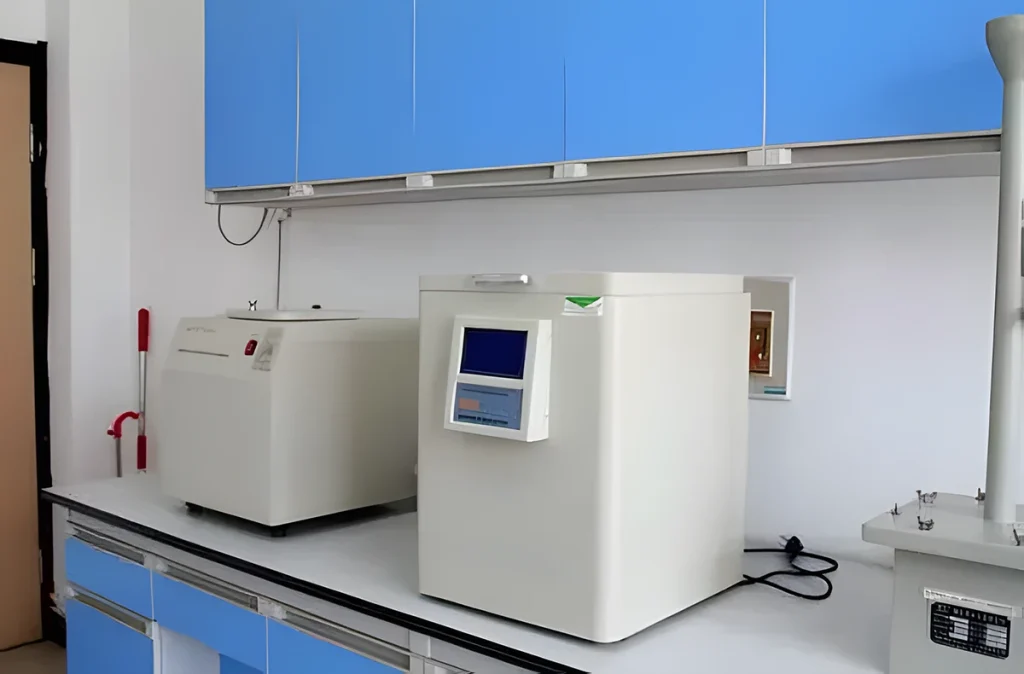
Mechanical Testing
- Tensile Testing: Measures the tensile strength and elongation of PE materials.
- Impact Testing: Assesses the material’s ability to withstand sudden impacts.
- Flexural Testing: Determines the flexural strength and modulus of the material.
Thermal Testing
- Differential Scanning Calorimetry (DSC): Measures melting temperature and crystallinity.
- Thermogravimetric Analysis (TGA): Analyzes thermal stability and decomposition.
Chemical Testing
- Resistance to Chemicals: Evaluate the material’s resistance to various chemicals and solvents.
- Environmental Stress Crack Resistance (ESCR): Tests the material’s ability to resist cracking under stress and exposure to environmental factors.
Processing Techniques for Polyethylene
PE can be processed using various techniques, each suitable for different applications. Now, let’s go ahead and explore these techniques below in detail.
Moldeo por inyección
This technique involves melting PE and injecting it into a mold to form the desired shape. HDPE and LDPE can both be processed by injection molding, making it ideal for manufacturing containers, caps, and housewares.
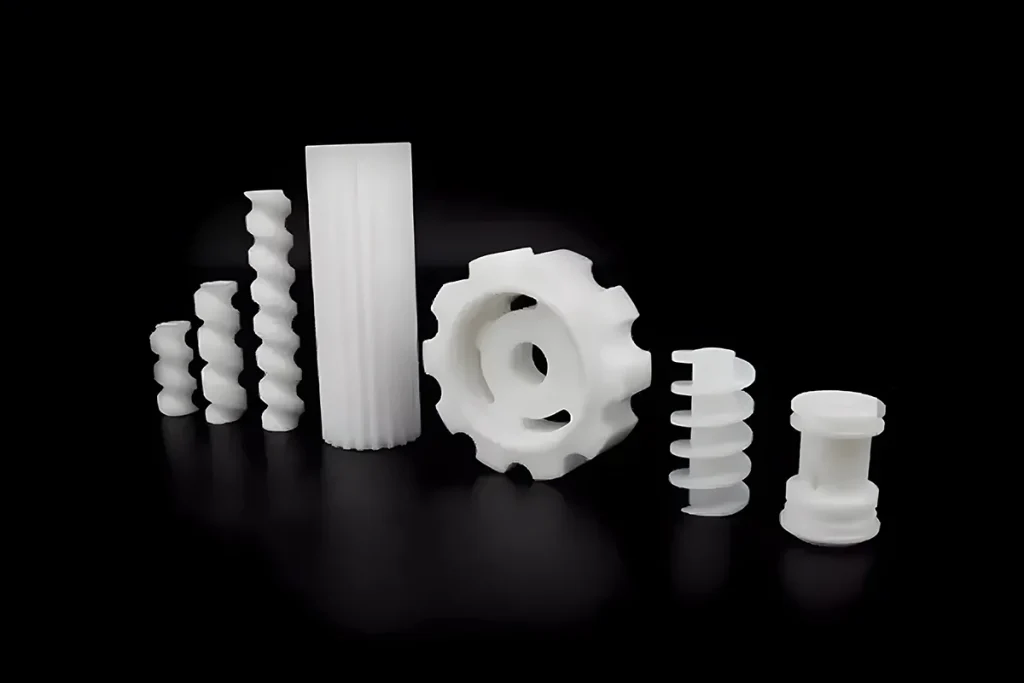
Extrusión
Extrusion creates continuous shapes like pipes, sheets, and films. HDPE and LDPE are commonly processed by extrusion, which is ideal for producing packaging films, water pipes, and cables.
Moldeo por soplado
Blow molding is used to produce hollow objects like bottles and containers. HDPE is often used in blow molding due to its high strength and rigidity.
Moldeo por compresión
People use compression molding for processing UHMWPE, which does not flow easily even at high temperatures. This technique is ideal for manufacturing high-strength, wear-resistant components like gears and bearings.
Impresión 3D
HDPE is gradually gaining popularity as a 3D printing material due to its strength, low density, and non-toxicity. Besides, people are also exploring recycled and bio-based PE for additive manufacturing applications.
Advanced Processing Techniques
In addition to traditional methods, researchers are developing advanced techniques to process PE more efficiently and sustainably. These include:
Rotational Molding
This technique involves placing PE in a mold that is then heated and rotated around two perpendicular axes. The centrifugal force spreads the material uniformly around the mold walls, forming a hollow object. Rotational molding produces large, complex items like tanks and playground equipment.
Film Blowing
Film blowing produces thin films for packaging. The process involves extruding molten PE through a circular die, forming a tube. Air is then blown into the tube, expanding it into a thin film. This technique is widely used for making plastic bags, agricultural films, and shrink wraps.
Environmental Impact and Alternatives
Despite its widespread use, PE poses significant environmental challenges due to its non-biodegradability. To combat these challenges, designers and manufacturers can consider sustainable initiatives and biodegradable alternatives.
Let’s explore these alternatives further in detail.
Biodegradable Alternatives
Research is ongoing to develop biodegradable alternatives to traditional PE. These alternatives aim to reduce the environmental impact of plastic waste. Some promising materials include:
- Polylactic Acid (PLA): Made from renewable resources like corn starch, PLA is biodegradable and compostable. It is used in packaging, disposable tableware, and medical implants.
- Polyhydroxyalkanoates (PHA): Produced by bacterial fermentation of sugars and lipids, PHA is biodegradable and used in packaging, agricultural films, and medical devices.
Sustainability Initiatives
Many companies and organizations are adopting sustainability initiatives to reduce the environmental impact of PE. These include:
- Recycled Content: Incorporating recycled PE into new products to reduce the demand for virgin plastic.
- Closed-Loop Systems: Implementing systems that allow for the continuous recycling and reuse of PE within manufacturing processes.
- Eco-Friendly Packaging: Developing packaging solutions that use less material, are easier to recycle, and have a lower carbon footprint.
Conclusión
Polyethylene is an essential material in modern manufacturing, offering a range of properties and applications that make it indispensable. Understanding its types, properties, modifications, and processing techniques allows designers and manufacturers to select the best PE grade for their specific needs.
While PE presents environmental challenges, ongoing efforts to improve recycling and develop sustainable alternatives are crucial to balancing its benefits with environmental responsibility.
By embracing advanced processing techniques, enhancing recycling systems, and exploring biodegradable alternatives, the industry can continue to leverage the benefits of polyethylene while minimizing its environmental impact.
This balanced approach ensures that polyethylene remains a valuable material in the modern world, contributing to technological progress and sustainable development.
Consejos: Más información sobre los demás plásticos
